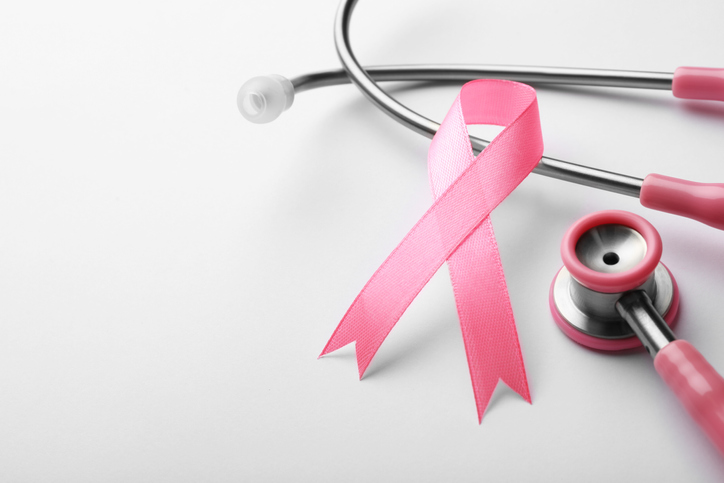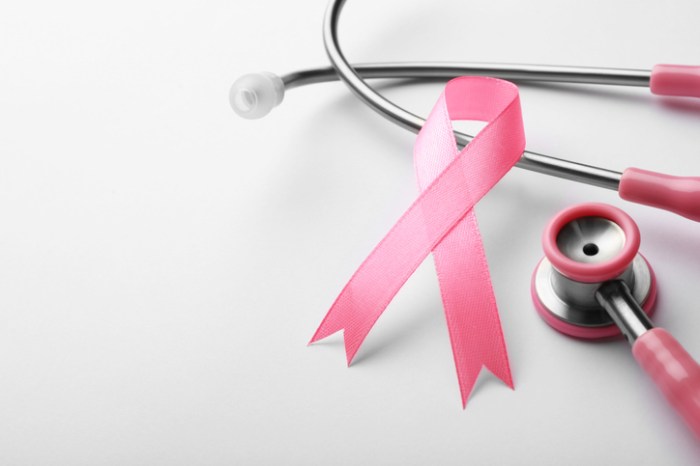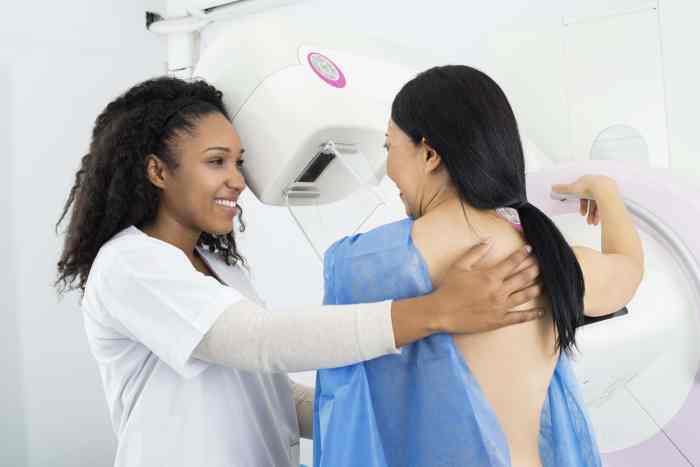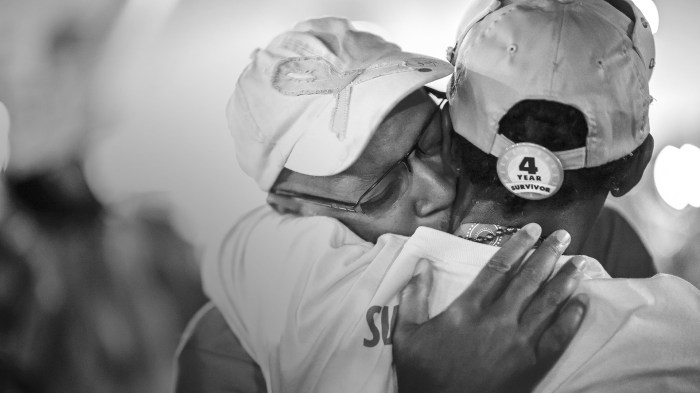October is Breast Cancer Awareness month. 1 out of 8 will get cancer in their lifetime.
How can we lower our risks for breast cancer?
We can maintain a healthy weight, diminish our fat intake, and become physically active; it’s never too late. Limiting alcohol is also very important.
Did you know that breast feeding early in our lifetime and limiting postmenopausal hormones can help lower the risk?
There are certain risk factors that we cannot prevent such as being older, early age of menstruation, having a family history or personal history of breast cancer, or having dense breasts.
There is no known cause for breast cancer at this time. A mutation from a gene can change a normal cell to an abnormal cell. Most cancer, however, occurs from a non-inherited gene.
Symptoms may include: a lump, skin changes or dimpling, redness, or inverted nipple. However, there may be no symptoms. Testing /screening is essential.
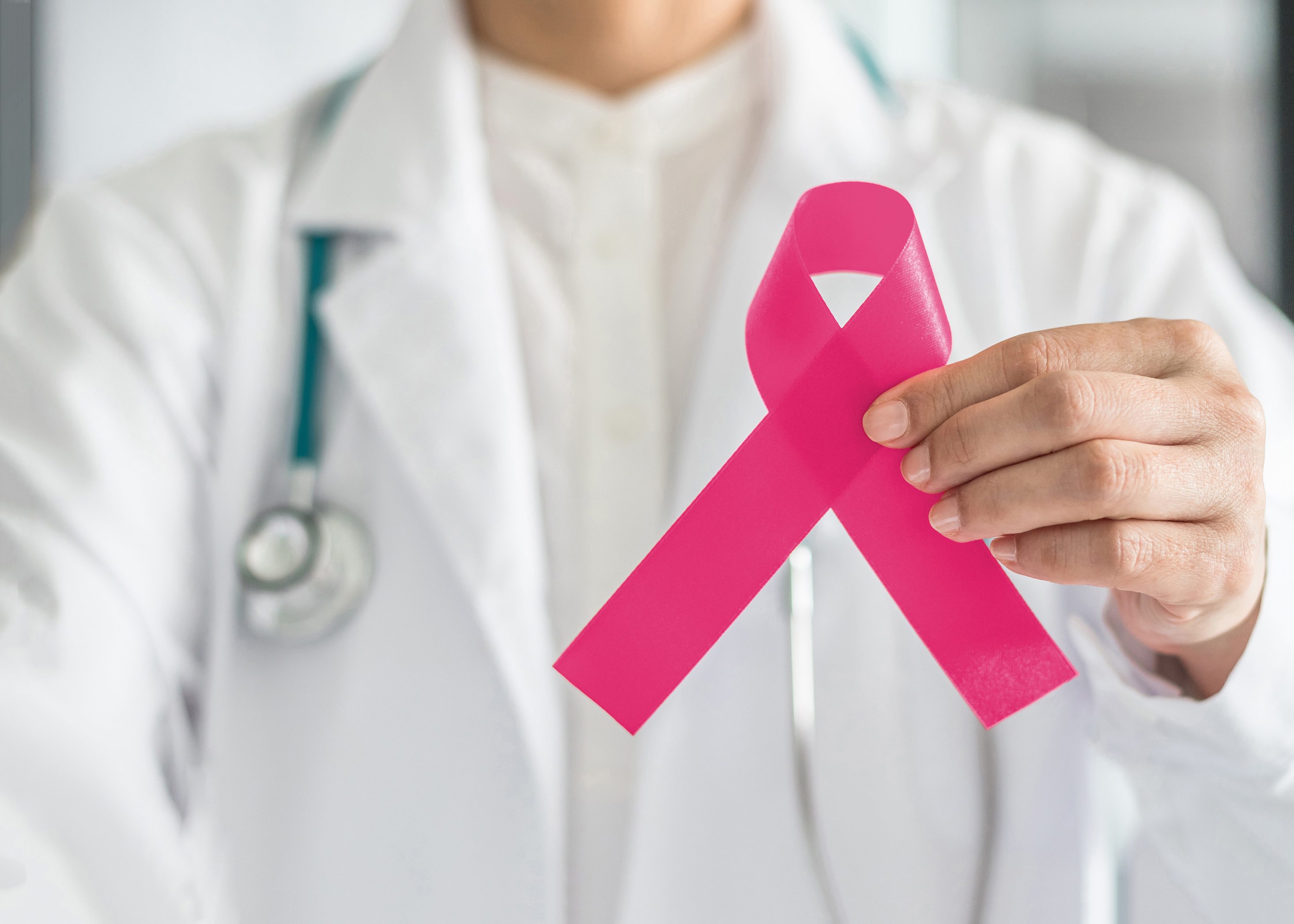
Early detection is the key. How can we achieve this?
Mammography is our screening tool and is still the gold standard.
We have come a long way from decades ago, where Xeromammography was the only way to interpret a woman’s breast on paper. Now the progression on the timeline has gone from two dimensional mammography on X-ray film to digital mammography, and now three-dimensional tomosynthesis with high definition digital computer imaging.
Although a breast ultrasound is not considered a screening tool, it is a very important adjunct to mammography. This is true especially with patients who have a palpable mass, dense breasts, or a strong family history. This does not involve any radiation, but it must be understood that ultrasound does not replace the importance of mammography.
Breast MRI is also a very important imaging tool which does not involve any radiation. This is also utilized in patients with dense breasts and a strong family history of breast carcinoma.
Biopsy may also be a part of a patient’s total care if an abnormality is found on any of the above images.
We must never forget that our hands are the most important tool that we possess every month when we perform our own self breast examination.
Utilizing the above testing, we hope to reach early diagnosis of various types of cancers of the breast.
The cancers include:
- Invasive Carcinoma, Ductal or Lobular
- Non-Invasive Carcinoma Ductal Carcinoma In Situ (DCIS)
- Carcinomatous Phylloides Tumor
- Paget’s Disease of the Nipple
- Inflammatory Carcinoma
Due to breast cancer awareness and early detection, the number of deaths have diminished.
Here at the DeMatteis Center/Women’s Center of St. Francis Hospital, we offer state of the art equipment where all of these modalities can be performed to aid in early detection, as well as necessary biopsies. We offer same day interpretation.
Our radiologists are board-certified physicians, as well as our certified technology staff.
We are a Breast Imaging Center of Excellence, a Pink Ribbon Facility, as designated by the American College of Radiology.
My colleagues and I are here to help you and your family.
Angela Capo-Granata, M.D. is the director of Women’s Imaging Services at the DeMatteis Center of St. Francis Hospital.



